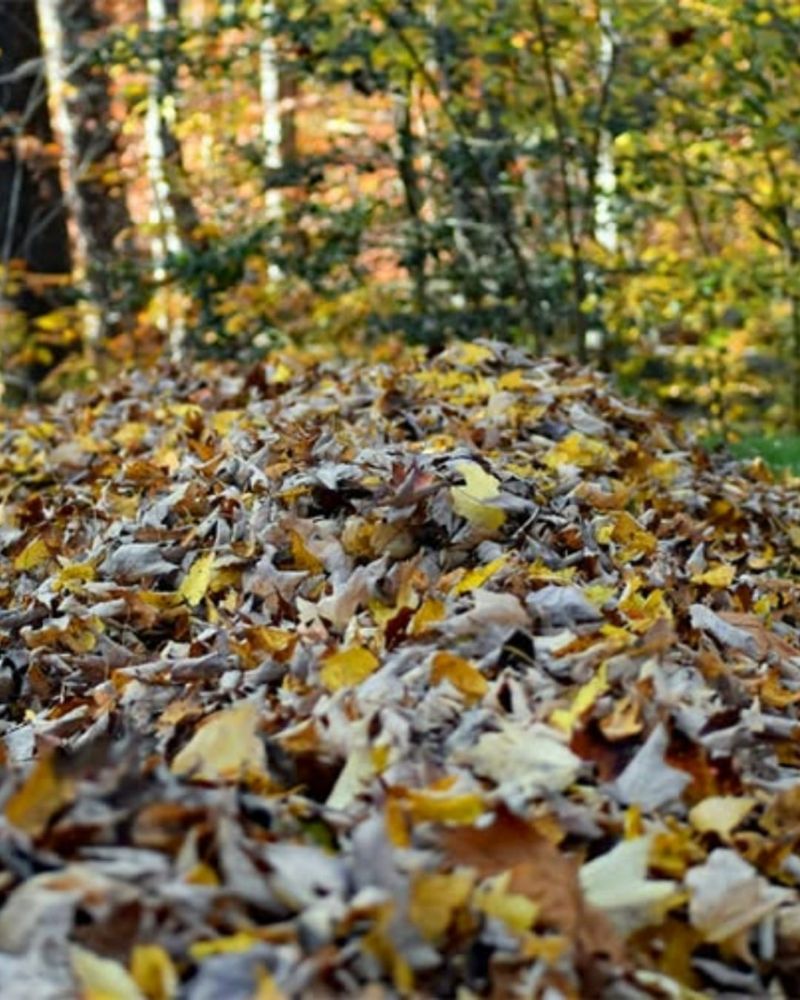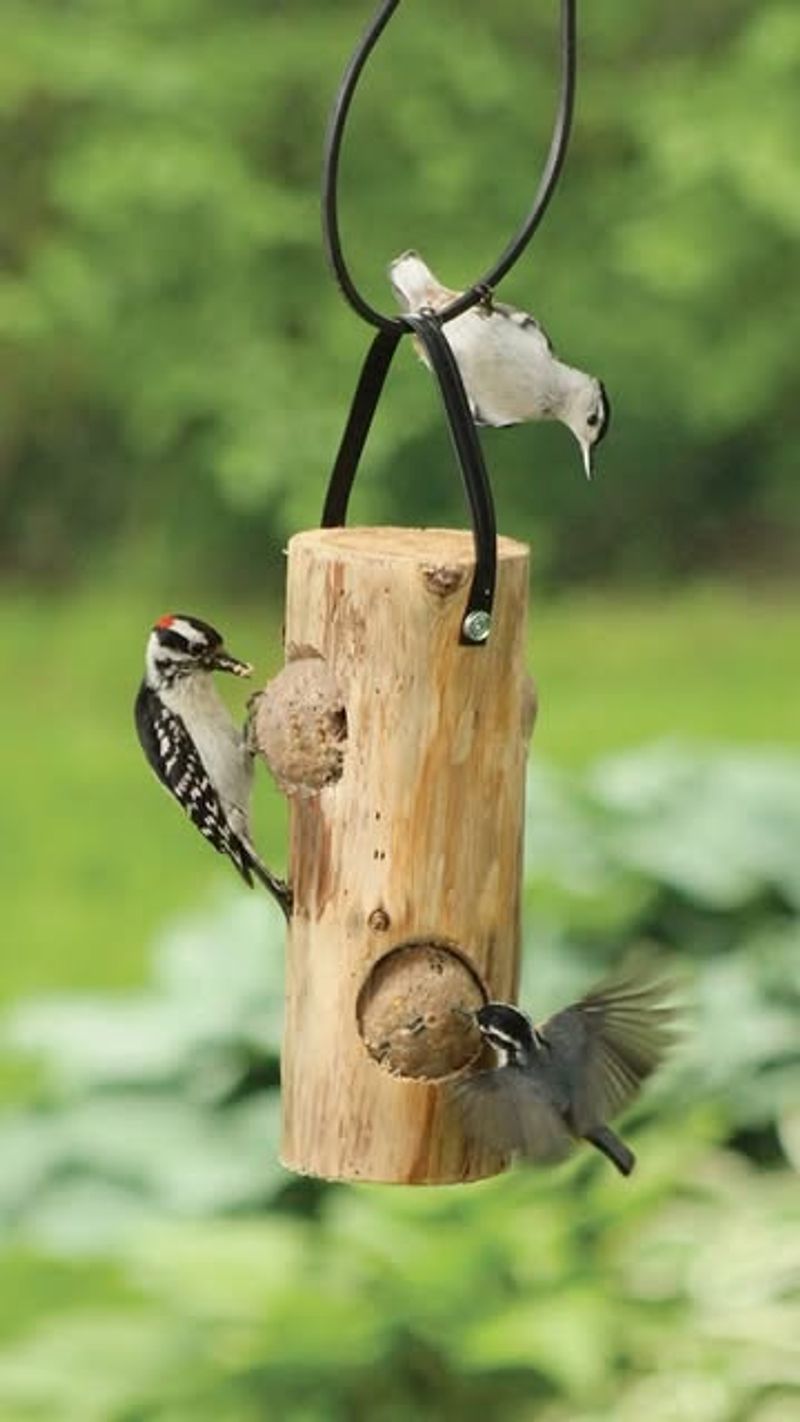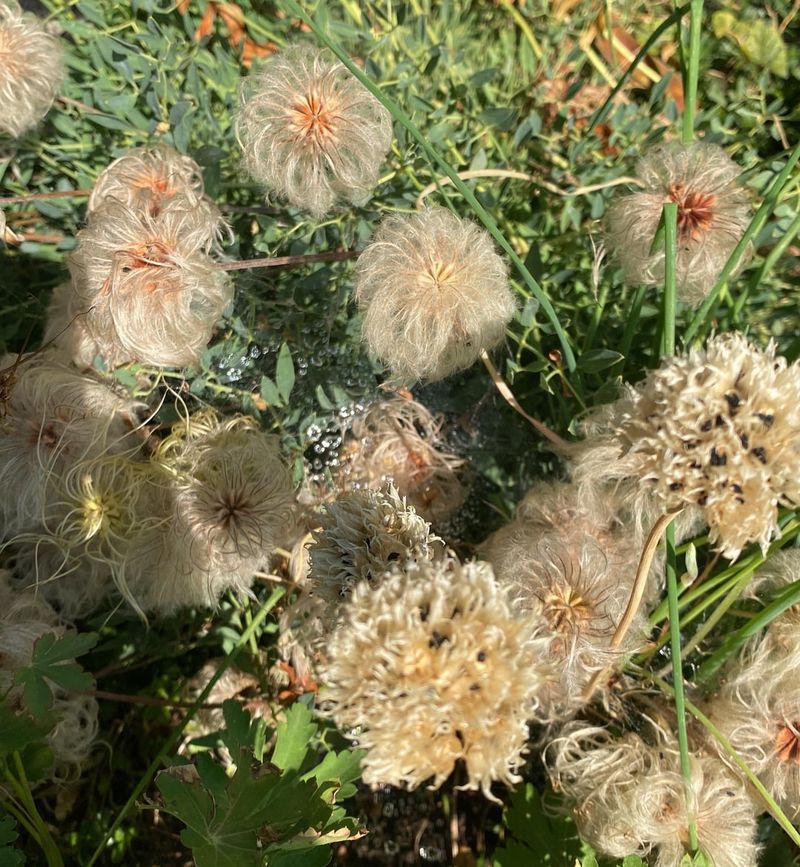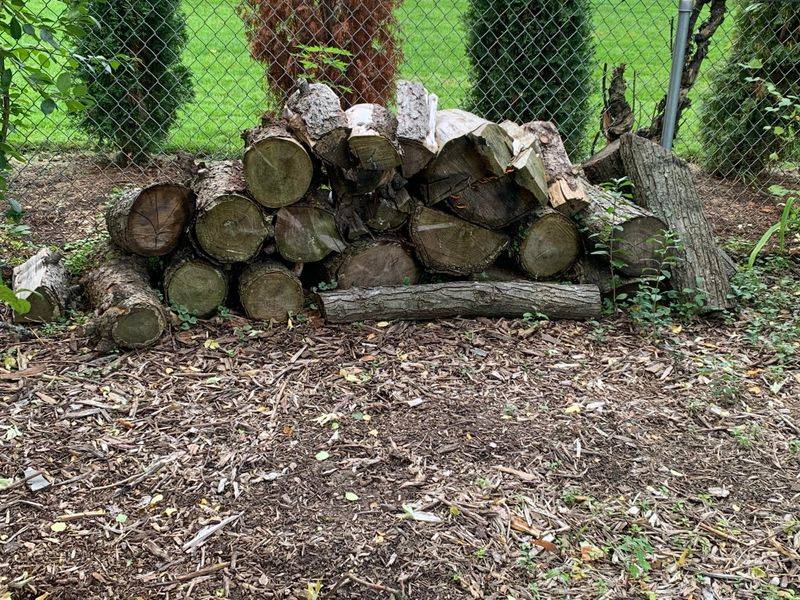Georgia mornings get chilly fast, and I always feel a tiny rush to help the critters that wander through the yard. A few thoughtful changes make a world of difference for them once frost rolls in.
It’s honestly pretty heartwarming to see how quickly they respond. Here are a few things I love doing each fall to make the season easier for local wildlife.
1. Leave Leaf Piles in Garden Corners
Fallen leaves create cozy hiding spots for small creatures seeking warmth during Georgia’s chilly nights. Toads, salamanders, and beneficial insects burrow beneath these natural blankets to stay protected from harsh weather.
Instead of bagging every leaf, pile them in quiet corners of your yard. Earthworms also love decomposing leaves, which enriches your soil naturally while giving wildlife a safe haven throughout winter.
2. Install a Heated Bird Bath
Water sources freeze quickly when temperatures plummet, leaving birds and other animals desperately thirsty. A heated bird bath keeps water liquid even on the coldest Georgia mornings, providing essential hydration.
You can find affordable models at garden stores or online. Position your bath near shrubs so birds can quickly escape to safety. Clean it regularly to prevent algae buildup and keep your feathered visitors healthy all season long.
3. Plant Native Berry-Producing Shrubs
Native Georgia plants like beautyberry, holly, and elderberry produce berries that feed hungry wildlife through winter. Birds such as robins and waxwings rely on these nutritious fruits when insects become scarce.
Fall planting gives roots time to establish before frost arrives. Native shrubs also require less maintenance than exotic species and support local ecosystems better. Your yard becomes a natural buffet that helps creatures thrive during lean months ahead.
4. Build Simple Brush Piles
Stacking fallen branches and twigs creates perfect shelter for rabbits, chipmunks, and ground-dwelling birds in Georgia yards. Start with larger logs as a base, then layer smaller branches on top to form gaps and tunnels.
Position brush piles away from your house but near natural areas. Wrens and sparrows often nest in these structures, while reptiles use them for temperature regulation. It’s recycling at its finest, turning yard waste into lifesaving habitat.
5. Stock Feeders with High-Energy Foods
Birds need extra calories to maintain body heat during cold Georgia nights. Fill feeders with black oil sunflower seeds, suet cakes, and unsalted peanuts before frost hits.
Different feeder types attract various species—tube feeders for finches, platform feeders for cardinals, and suet holders for woodpeckers. Clean feeders weekly to prevent disease spread. Consistent feeding helps birds remember your yard as a reliable food source when natural options disappear under frost.
6. Delay Cutting Back Perennials
Seed heads from coneflowers, black-eyed Susans, and other perennials provide vital food for finches and sparrows throughout Georgia winters. Hollow stems also shelter beneficial insects like ladybugs and native bees.
Wait until early spring to trim dead plants instead of fall cleanup. This simple delay offers double benefits—feeding hungry birds while protecting pollinator populations. Your slightly messy garden becomes a bustling wildlife sanctuary during the coldest months.
7. Create Rock and Log Hibernation Spots
Stacking rocks or placing logs in shady Georgia garden areas gives reptiles and amphibians safe places to overwinter. Box turtles, skinks, and frogs seek these protected spots to slow their metabolism during cold spells.
Partially bury logs to create more stable microclimates underneath. Avoid disturbing these areas once established, as creatures are vulnerable while hibernating. Come spring, you’ll notice increased wildlife activity as grateful residents emerge from their cozy winter retreats.








